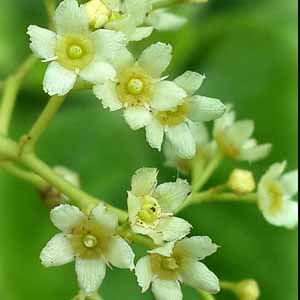Glycemic effects of Catha edulis

Accepted: August 7, 2022
All claims expressed in this article are solely those of the authors and do not necessarily represent those of their affiliated organizations, or those of the publisher, the editors and the reviewers. Any product that may be evaluated in this article or claim that may be made by its manufacturer is not guaranteed or endorsed by the publisher.
Authors
More than 20 million people in the East African horn and the southern Arabian Peninsula chew khat (Catha edulis) on a daily basis. The glycemic effect of khat chewing, regardless of diabetes status, is still being debated. Using studies from countries where chewing khat is common, we attempted to discuss the potential glycemic effects of Catha edulis in humans and some animal models. This review included a thorough search in PubMed and the Cochrane Library using PRISMA guidelines, with words like (Khat) and (Qat) serving as query indicators for (diabetes) and (glucose), with no language or species restrictions. Khat is chewed for its stimulating and enjoyable properties. Despite a relatively small number of studies on khat’s glycemic effect, the debate continues. Many studies have linked the glycemic effect of khat leaves to their freshness and the duration of the stimulant effect. although it was proved in animal models only, khat’s destructive effect on pancreatic β-cells could cause some dysglycemic effects. The cathinone alone cannot be blamed for the glycemic effect.
How to Cite

This work is licensed under a Creative Commons Attribution-NonCommercial 4.0 International License.
PAGEPress has chosen to apply the Creative Commons Attribution NonCommercial 4.0 International License (CC BY-NC 4.0) to all manuscripts to be published.

 https://doi.org/10.4081/jbr.2022.10544
https://doi.org/10.4081/jbr.2022.10544



